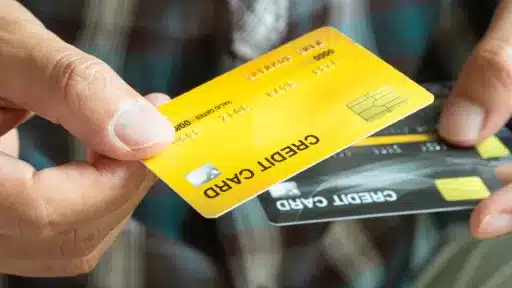Understanding how long does a credit card balance transfer take is crucial in today’s fast-paced financial landscape. With rising interest rates and increasing consumer debt, many individuals look for smart ways to manage their credit card balances efficiently. A balance transfer can be a powerful tool to reduce interest payments and consolidate debt, but timing matters. Knowing the typical duration of a balance transfer process helps you plan better and avoid unnecessary interest accrual.
How Long Does a Credit Card Balance Transfer Take? Key Timelines Explained
The exact timing of a credit card balance transfer varies based on several factors, but generally, it can take anywhere from 7 to 21 days. Understanding this timeframe helps consumers set expectations and manage their finances during the transition period.
What Happens During a Balance Transfer?
A balance transfer involves moving outstanding debt from one credit card to another, usually to benefit from lower interest rates or promotional offers. The process typically follows these steps:
- Application: You apply for a new credit card or opt for a balance transfer with an existing card.
- Approval: The issuer reviews your request and approves the transfer.
- Payment to Old Card: The new card issuer pays off the balance on your old card.
- Balance Reflection: The transferred balance appears on your new card account.
Why Timing Varies
The duration for each step depends on factors such as:
- Issuer Processing Speed: Different banks and credit card companies have varying processing times.
- Payment Methods: Electronic transfers are usually faster than paper checks.
- Timing of Submissions: Transfers requested near weekends or holidays may be delayed.
Typical Timeline Breakdown for a Credit Card Balance Transfer
Here’s a more detailed look at what you can expect:
- Day 1-3: Application submission and initial processing by the new card issuer.
- Day 4-7: Approval and payment sent to your previous card issuer.
- Day 8-14: Payment clears the old account and balance transfer amount posts to your new card.
While many transfers complete within 7-14 days, some can take up to 21 days, especially if there are complications or if checks are mailed.
How to Speed Up Your Balance Transfer
To minimize how long does a credit card balance transfer take, consider these tips:
- Choose cards with electronic payment options for faster processing.
- Submit balance transfer requests during weekdays to avoid weekend delays.
- Provide accurate account and payment details to avoid processing errors.
- Check for any pending payments or holds on your existing card before initiating the transfer.
What to Do While Waiting for Your Balance Transfer
While your balance transfer is processing, it is important to keep these points in mind:
- Continue making payments on your previous credit card to avoid late fees or penalty APRs until the balance transfer is confirmed.
- Monitor both accounts to track when the balance posts.
- Be aware of any fees or promotional period start dates associated with the balance transfer offer.
Potential Delays and What They Mean
Sometimes, balance transfers take longer than expected. Common causes for delays include:
- Incomplete or incorrect application details.
- Outstanding disputes or fraud alerts on your account.
- Manual check processing instead of electronic payment.
- Bank holidays or weekends affecting transaction timings.
If your balance transfer exceeds 21 days, contact your credit card issuers to check the status and ensure there are no issues.
Final Thoughts on How Long Does a Credit Card Balance Transfer Take
Knowing how long does a credit card balance transfer take helps you manage your debt more strategically. While most transfers take one to three weeks, being informed about the process empowers you to avoid unnecessary interest and maintain a healthy credit profile. Prompt action and communication with your credit card issuers can make the balance transfer experience smoother and more beneficial.


